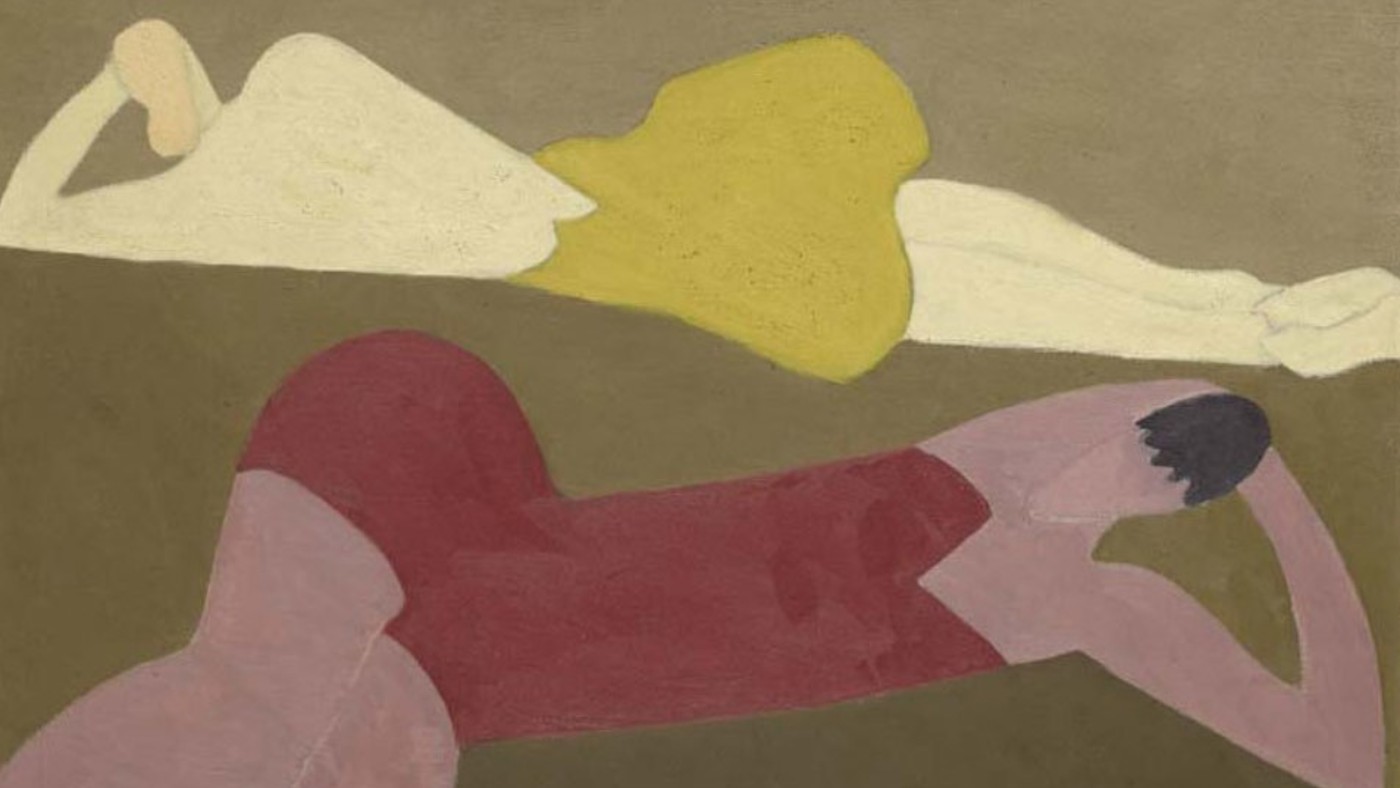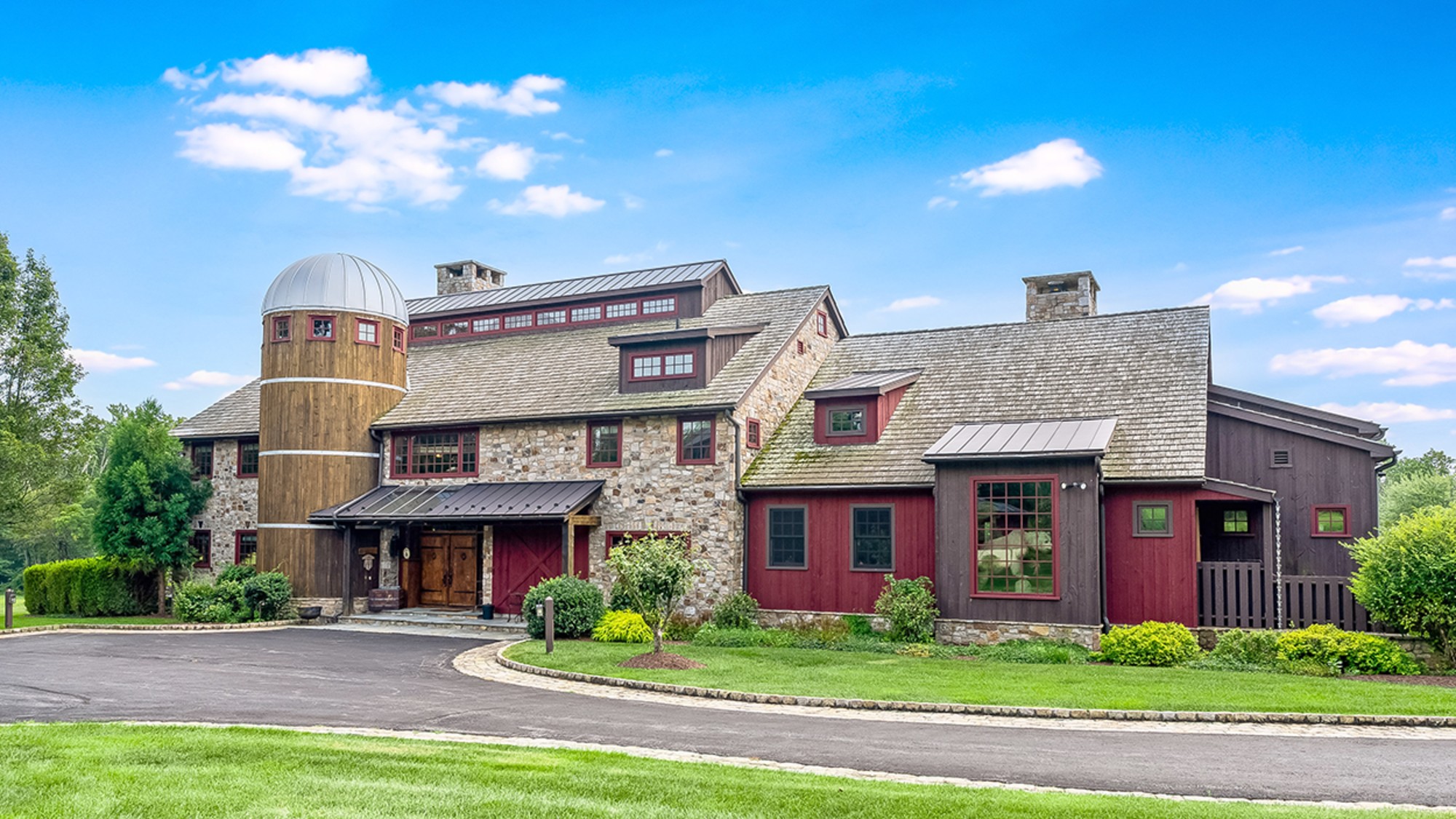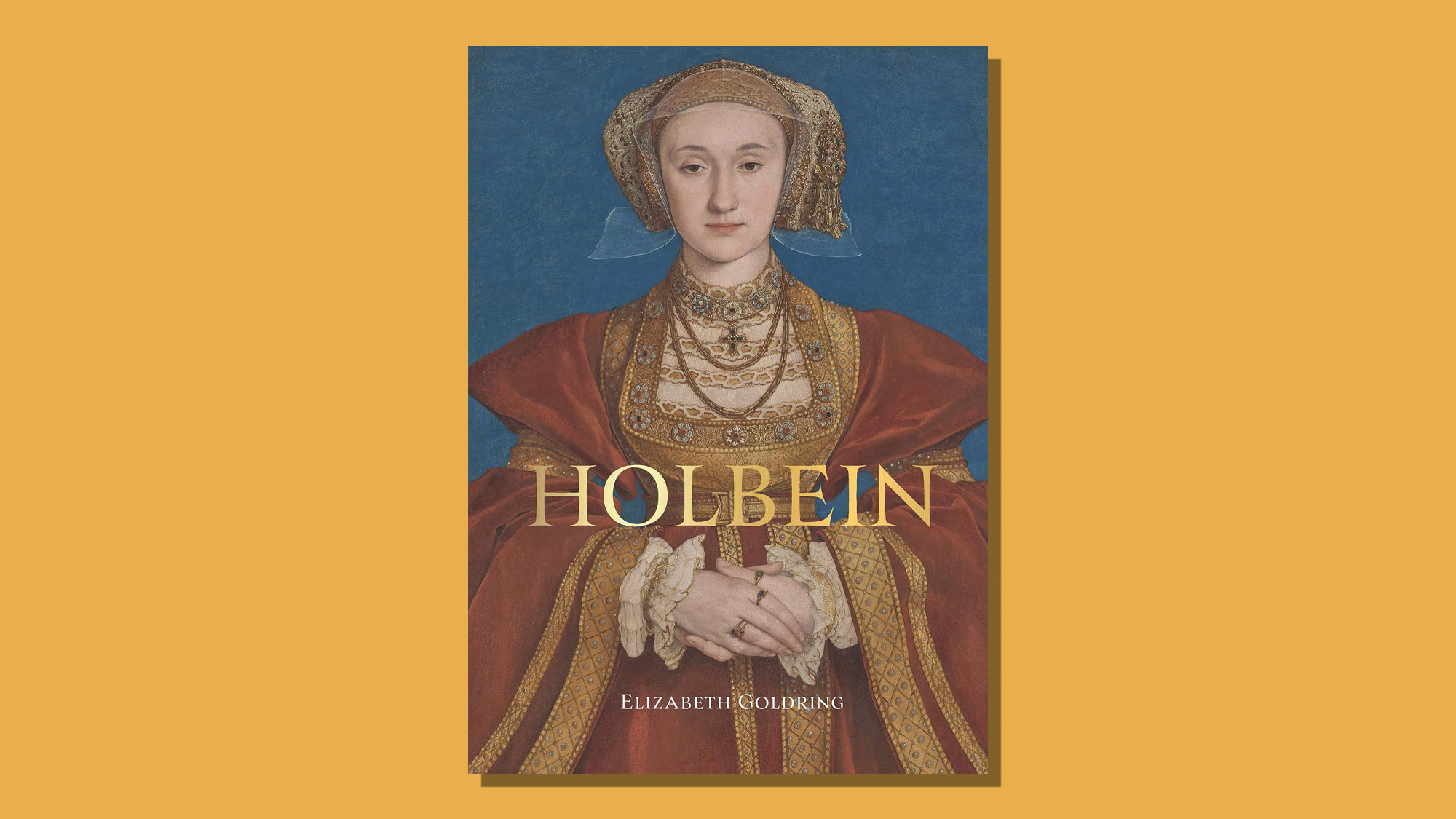Milton Avery: American Colourist – visitors will leave ‘with a new star in their firmament’
Royal Academy show brings together 67 works from Avery’s large and varied oeuvre

Milton Avery was “a colossus of 20th century painting”, said Cal Revely-Calder in The Daily Telegraph. While his name might not be familiar to many Europeans, he was a seminal figure in American art.
Avery (1885-1965) began his half-century-long career as an impressionist and ended it as an abstract expressionist. In a country which had yet to stake its place in art history, he was a trailblazer. His “flexible brilliance” was suited to any number of styles; his admirers included Mark Rothko and Barnett Newman, and though he never quite threw himself into pure abstraction, his influence on both was profound.
Now, for the first time in this country, his work is being celebrated in a full-scale retrospective, at the Royal Academy. It brings together 67 works from Avery’s large and varied oeuvre, including landscapes, seascapes, portraits (human and animal) and abstract canvases. There are echoes of various European and American masters – Matisse, Van Gogh, Derain, Rothko – as we follow his fascinating but “elusive” career. Visitors will leave this show “with a new star in their firmament”.
The Week
Escape your echo chamber. Get the facts behind the news, plus analysis from multiple perspectives.

Sign up for The Week's Free Newsletters
From our morning news briefing to a weekly Good News Newsletter, get the best of The Week delivered directly to your inbox.
From our morning news briefing to a weekly Good News Newsletter, get the best of The Week delivered directly to your inbox.
Avery was born to a working-class family from Hartford, Connecticut, said Laura Freeman in The Times. He started off painting “pleasant, passable landscapes, more or less after Monet”. Then, courtesy of “New York and a new vision”, came “the jump”: witness the shift from the “polite” Setting Sun (1918) to the altogether more “robust” Moody Landscape (1930), a picture swimming in “bruised and wine-stained hues”.
The 1930s was the decade in which Avery came “into his own”. Works such as Fishing Village (1939) are brought to life through energetic, scratchy brush strokes. Later, as he moved towards abstraction, Avery showed that he had the knack of “colour-blocking”: “blood orange against turquoise; Colman’s mustard against coal black”. He may not have been, ultimately, a “first-class artist” – he was more of a “middleman”, a guide hacking a “way through the vines”. But even so, you will leave the exhibition “wide-eyed and dazzled”.

Avery was sometimes referred to as “an American Matisse”, said Jonathan Jones in The Guardian. In fact, “he is much stranger, and better than that”. Far from merely emulating European artists, Avery was a bona fide modern master who developed a visual language of his own. Little Fox River (1942), for instance, seems like a “joyous and summery” vision of a “butter-yellow landscape surrounded by blue waves” at first glance, but is infinitely more fascinating on close examination. The waves are “big and inhuman”, their swell making the buildings on the shore look “frail”.
More interesting still is Man With a Pipe (1935), a “deliberately bizarre scene” depicting “a blackish sky over a grey ocean over a yellow beach”. Remove the people from the composition and you have “exactly the same kind of sublime vertical stack of colours Rothko painted”. Avery’s genius was his ability “to find abstraction hidden inside nature itself”. America’s open landscapes are more suited to abstraction than Europe’s fields and hills: even his figurative works show “eerie empty vistas of sea and sky”.
A free daily email with the biggest news stories of the day – and the best features from TheWeek.com
This is an exhibition that gives us “a new vista on American art itself”, and a superb opportunity to acquaint ourselves with an “idiosyncratic, experimental American dreamer”.
Royal Academy, London W1 (royalacademy.org.uk). Until 16 October
-
 6 lovely barn homes
6 lovely barn homesFeature Featuring a New Jersey homestead on 63 acres and California property with a silo watchtower
-
 Film reviews: ‘Marty Supreme’ and ‘Is This Thing On?’
Film reviews: ‘Marty Supreme’ and ‘Is This Thing On?’Feature A born grifter chases his table tennis dreams and a dad turns to stand-up to fight off heartbreak
-
 Heavenly spectacle in the wilds of Canada
Heavenly spectacle in the wilds of CanadaThe Week Recommends ‘Mind-bending’ outpost for spotting animals – and the northern lights
-
 It Was Just an Accident: a ‘striking’ attack on the Iranian regime
It Was Just an Accident: a ‘striking’ attack on the Iranian regimeThe Week Recommends Jafar Panahi’s furious Palme d’Or-winning revenge thriller was made in secret
-
 Singin’ in the Rain: fun Christmas show is ‘pure bottled sunshine’
Singin’ in the Rain: fun Christmas show is ‘pure bottled sunshine’The Week Recommends Raz Shaw’s take on the classic musical is ‘gloriously cheering’
-
 Holbein: ‘a superb and groundbreaking biography’
Holbein: ‘a superb and groundbreaking biography’The Week Recommends Elizabeth Goldring’s ‘definitive account’ brings the German artist ‘vividly to life’
-
 The Sound of Music: a ‘richly entertaining’ festive treat
The Sound of Music: a ‘richly entertaining’ festive treatThe Week Recommends Nikolai Foster’s captivating and beautifully designed revival ‘ripples with feeling’
-
 ‘Furious Minds: The Making of the MAGA New Right’ by Laura K. Field and ‘The Dream Factory: London’s First Playhouse and the Making of William Shakespeare’ by Daniel Swift
‘Furious Minds: The Making of the MAGA New Right’ by Laura K. Field and ‘The Dream Factory: London’s First Playhouse and the Making of William Shakespeare’ by Daniel SwiftFeature An insider’s POV on the GOP and the untold story of Shakespeare’s first theater


